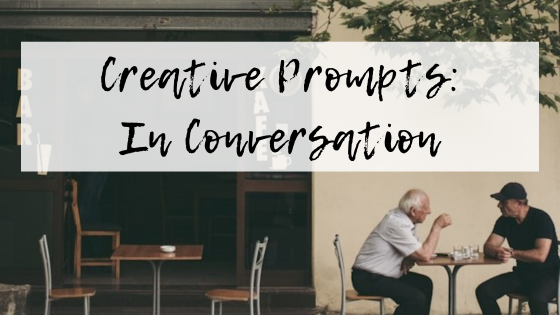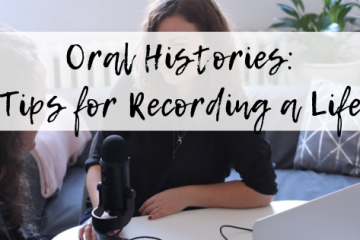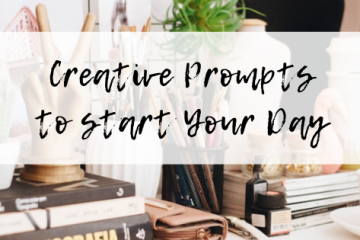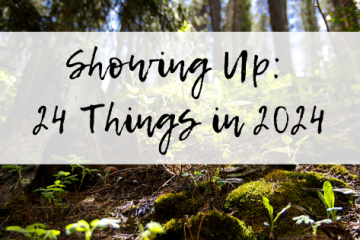

Stephen Covey, author of The 7 Habits of Highly Effective People: Powerful Lessons in Personal Change has famously stated that “most people do not listen with the intent to understand; they listen with the intent to reply”.
“When we listen with the intent to understand others, rather than with the intent to reply,” Covey says, “we begin true communication and relationship building. Opportunities to then speak openly and to be understood come much more naturally and easily.”
I’ve been thinking about this a lot recently, especially as social media becomes more and more a space where people want to shout their views but are unwilling or unable to listen to someone else whose opinion or perspective is different to their own.
This months creative prompts are about the acts of speaking and listening: listening to each other, speaking up, dialogue in fiction, oral histories and even listening to ourselves. Whether you are creating fiction, conveying a personal experience, connecting to the life of another, or learning to listen to yourself, I hope there will be one or more prompts here that speak to you.
Listening to Yourself
1. Reflect on your own relationship to listening and speaking. Consider some or all of the following:
- Do you enjoy an argument or do you hold back on voicing what you really think? Why do you think this might be?
- Do you think quickly and speak articulately or do you take time to process your thoughts in order to express them?
- Are you prone to joke around or speak seriously?
- Are you happy to engage in small talk or would you prefer to dive deep with someone?
- Are you better at listening or speaking?
- Are you likely to interrupt or let someone keep talking even if it means your views get overlooked?
- Do you “say it like it is” or avoid hurting another person’s feelings?
- Are you comfortable sharing who you are, what you think and how your feel, or do you keep your inner self private?
2. Read “This is Just to Say” by William Carlos Williams.
Using the title of this poem as a starting point, spend some time journaling or brainstorming all the things you would like to say (but perhaps don’t).
Reflect on how easy or difficult it was to articulate what you want to say. Would you find it easier or more difficult to say it aloud to another person.
Represent one thing you want to say in a creative form of your choice.
Interviews and Oral History
3. Record an oral history interview. (You can find some interviewing tips in my previous post about oral history.)
4. If you could interview any author in the world, who would it be? What questions would you ask?
5. Is there an interviewer you think asks excellent questions? Who are they and why are their questions to effective? Listen to one of their interviews and make a note of how many “open” questions are asked and how many “closed”.
Real Life
6. Visit any place where there are lots of people. Eavesdrop. Make a note of any fragments of conversation you hear. What does this reveal about how people talk in real life? For example, are there incomplete sentences? Interruptions?
7. Visit a quiet place, away from too many people, for example a park or even your own backyard. How quiet is it really? What can you hear?
Imagined Conversations
8. Consider one of the characters in your current work-in-progress. What is their approach/attitude to listening and/or talking?
9. Take one of your characters out for tea/coffee/beer/wine. Ask them a few questions – what would you like to know? How do they respond. What do they tell you? Note also their body language, facial expressions and tone of voice. (Thanks to author Shannon Meyerkort for originally suggesting this idea.)
10. Select one or more of the following images, and imagine the conversation between the people in them.





Over to You
Whether you are reflecting on your own life, diving deeper into a character you’ve created, or attempting to understand the life of an ancestor or oral history interviewee, I hope that whichever prompt/s you choose will help you build greater connection and understanding through the gift of listening.



